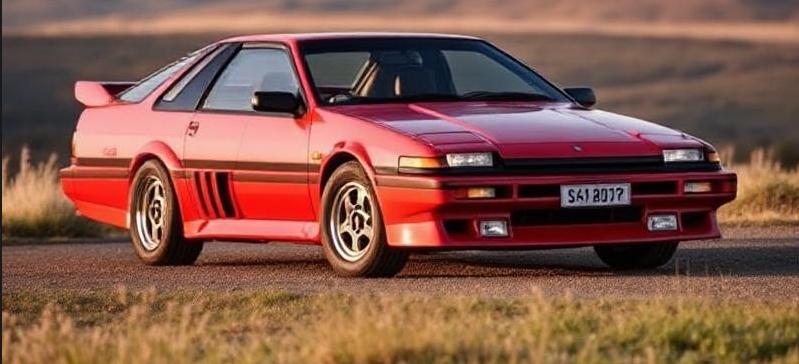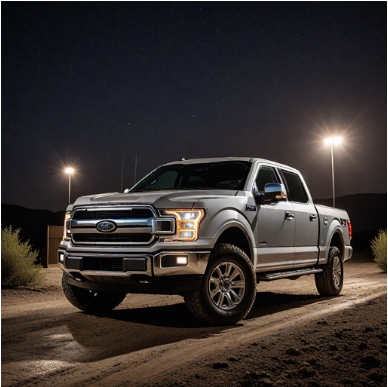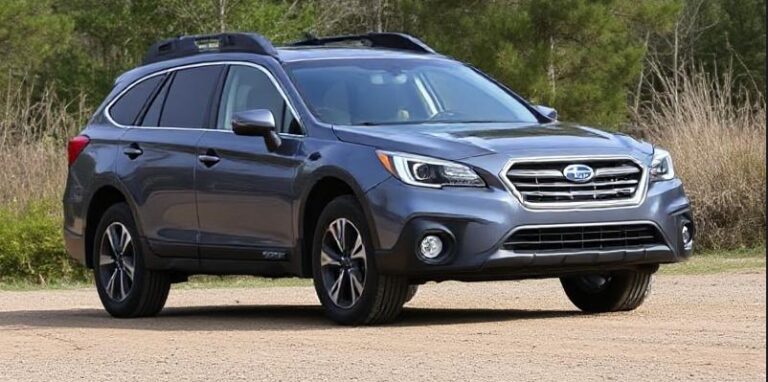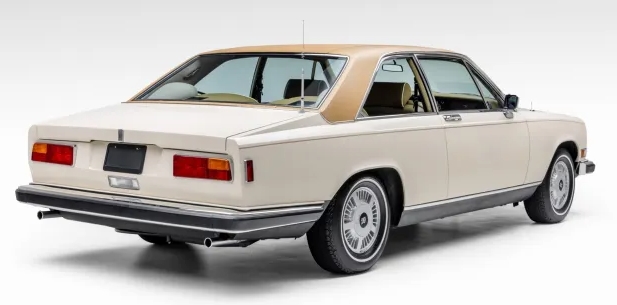The Evolution of the Mitsubishi Starion: A Legend of the ’80s
The Mitsubishi Starion is an iconic car that symbolizes the golden era of the 1980s sports coupe. Known for its turbocharged performance, unique styling, and innovative technology, the Starion captured the hearts of car enthusiasts and remains a beloved classic. Over the years, the Starion went through various iterations and adaptations, making it a noteworthy entry in the world of motorsport and automotive design.
Historical Context and Development (1978-1981)
The Mitsubishi Starion was introduced as a response to the growing sports coupe market in the late 1970s and early 1980s. Its development was part of Mitsubishi’s vision to present a new performance-oriented vehicle that could stand up to competitive models from other manufacturers. The word “Starion” is derived from “star” and “lion,” indicating strength and excellence.
The first prototype of what would later become the Starion was developed in 1978, meticulously crafted with a focus on aerodynamics and modern design principles. By 1982, Mitsubishi officially launched the Starion in Japan, primarily as a competitor to models like the Nissan Z-series and the Toyota Celica.
First Generation: The Starion (1982-1989)
1982-1983: Introduction to the Market
The Starion made its debut in the market in 1982 as a sporty two-door coupe. It featured a 2.0-liter inline-four engine that was turbocharged, and its output ranged around 135 hp. The vehicle’s design was eye-catching, characterized by a distinctive sloping roofline and wide wheelarches that gave it a sporty stance.
In terms of trim levels, the initial offering comprised the ESi and ESi-R models:
- ESi: Equipped with standard performance features, this model focused more on daily driving.
- ESi-R: The higher performance variant, it boasted more horsepower from factory-tuned turbocharging.
1984-1985: Rising Popularity
By 1984, the Mitsubishi Starion garnered more attention, especially with the implementation of various upgrades. The engine was refined, and the introduction of the DX and GT trim levels further diversified the lineup. The GT variant emphasized handling and performance improvements, adopting enhanced suspension and braking systems.
- DX: An entry-level model aimed at providing the essentials without the frills.
- GT: This model came with sporting enhancements such as larger wheels, sportier suspension, and a power increase to approximately 150 hp.
1986-1989: Super Starion (SR)
The Starion underwent significant design changes in 1986 and was officially renamed “Starion ESI-R.” It became even more aggressive, with improved aerodynamics and styling updates. The Super Starion (SR) arrived on the scene, showcasing a turbocharged engine with outputs that could rival dedicated sports cars.
- ESI-R: The flagship model at that time, offering the most options, performance, and distinctive styling.
- SR: It brought exciting features such as a rear spoiler, a more aggressive body kit, and performance enhancements that took it to around 190 hp.
During this final production run, AWD options were also introduced in select markets, emphasizing Mitsubishi’s growing innovation in all-wheel-drive technology.
.
The Mitsubishi Super Starion roamed the streets at the same time the LED Buick Grand National cars were terrorizing most other street vehicles. Street racing was more pronounced during this era, with cool muscle cars of all types being found at various hangout spots on the weekends.
.
Evolution Beyond the First Generation
Final Production Years and Demise
The Mitsubishi Starion remained in production until 1989, with its final offerings focused on cleaning up the performance-oriented image Mitsubishi had built. The company made incremental changes through 1989, phasing models out as regulations began to tighten and the market shifted towards more eco-friendly vehicles.
By the time Mitsubishi ceased production of the Starion, it had undeniably established a legacy within the performance car community. Its sleek design, turbocharged engine, and penchant for speed ensured that it would not be forgotten easily.
Legacy and Impact
Despite its relatively short production run, the Mitsubishi Starion impacted the world of performance vehicles significantly. It served as the basis for platforms and technology that would eventually bleed into other Mitsubishi models, including the popular Mitsubishi Eclipse.
Car enthusiasts today often recall the Starion fondly, with many well-preserved models appearing at car shows and enthusiast meet-ups. Its turbocharged inline-four powertrain became a focal point for tuners looking to extract more performance through aftermarket modifications.
Variants and Key Features
Throughout its production run, there were several noteworthy variants and special editions for enthusiasts. Some important ones include:
- Starion Turbo: A special turbo model produced in limited numbers that featured higher boost pressure and performance options.
- Mitsubishi Galant Supra: A less-known variant focusing on four-door configurations initially based on the Starion platform.
- Mitsubishi Starion 2.6: In certain markets, Mitsubishi offered a larger displacement variant, achieving greater torque and different tuning.
Conclusion: The Enduring Appeal of the Mitsubishi Starion
The Mitsubishi Starion remains a classic representation of 1980s performance and style. While production ceased decades ago, its blend of turbo-powered performance and striking looks has earned it a devoted following among car enthusiasts and collectors alike. Today, it represents not just a vehicle but a chapter in automotive history.
Cars like the Mitsubishi Starion are increasingly rare, and their legacy continues to inspire new generations of automotive enthusiasts, encouraging an appreciation for innovation in design and engineering. So whether seen on the tracks, cruising down city streets, or restored and displayed at classic car shows, the Mitsubishi Starion stands as a testament to the performance-focused culture of its time and a reminder of how exciting driving can be. It may have left the production lines, but the Starion’s spirit lives on in the hearts of many.







